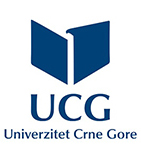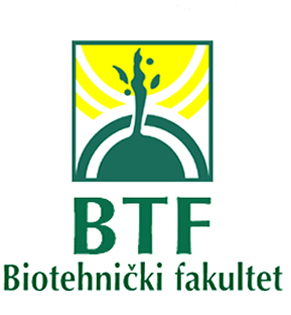| Volume : |
70 |
| Issue : |
1 (31.03.2024) |
| |
|
| Authors : |
Ali A. AKHUNOV, Munavvar I. NURMATOVA,Nigora R. KHASHIMOVA, Zabardast T. BURIEV, Ibrokhim Y. ABDURAKHMANOV, Yuriy E. KOLUPAEV |
| Title : |
RESPONSES OF ANTIOXIDANT SYSTEM OF VARIOUS COTTON GENOTYPES TO HEAT STRESS AT THE JUVENILE STAGE OF ONTOGENESIS |
| Abstract : |
Extremely high temperatures affecting cotton plants at various stages of ontogenesis. Oxidative damage of cell structures inflicted by moderately high temperatures is a main cause for the deleterious effect of heat stress. However, the status of the protective antioxidant system (AOS) in cotton plants has been studied mainly at the generative stages of development, while peculiarities of its functioning in the juvenile plants of various genotypes remains underexplored. The work was done to study the reaction of growth and the AOS response to the heat stress in the 7-8-day seedlings of various cotton cultivars obtained by various selection methods differing in economically valuable features. Surkhan-103 and Bukhara-102, the cultivars generated by classical selection, as well as those generated by biotechnological methods with higher fiber quality, to сultivars Porlok-1, Porlok-2, Ravnak-1 and Ravnak-2, were the objects of experiments. The 7-day seedlings were exposed to the 6-hour effect of high temperature (45°C) to subsequently assess the increment of control and stress-inflicted plants and to determine parameters of the AOS state and development of oxidative damages. Surkhan-103, Porlok-4 and Ravnak-2 сultivars were found to distinguish by significantly lower post-stress inhibition of growth of both seedlings and roots than those of Bukhara-102, Ravnak-1 and Porlok-1. The sensitive cultivars affected by heat stress demonstrated higher post-stress contents of hydrogen peroxide and malondialdehyde (MDA), a product of lipid peroxidation, in the leaves. At the same time, the resistant cultivars demonstrated higher activity of catalase and superoxide dismutase. The higher post-stress content of proline were typical of the resistant cultivars. A close direct correlation between inhibition of growth of seedlings and higher contents of hydrogen peroxide and MDA was demonstrated. In addition, high-level inverse correlation was demonstrated between the growth inhibition and higher catalase activity and proline content. The juvenile cotton plants were concluded to be promising in assessment of heat resistance and its dependence on the AOS state. |
| For citation : |
Akhunov A.A., Nurmatova M.I., Khashimova N.R., Buriev Z.T., Abdurakhmanov I.Y.., Kolupaev Y.E. (2024): Responses of antioxidant system of various cotton genotypes to heat stress at the juvenile stage of ontogenesis. Agriculture and Forestry, 70 (1): 7-26 https://doi.org/10.17707/AgricultForest. 70.1.01 |
| Keywords : |
Gossypium, heat resistance, reactive oxygen species, antioxidant enzymes, proline |
| |
|
| download paper |

